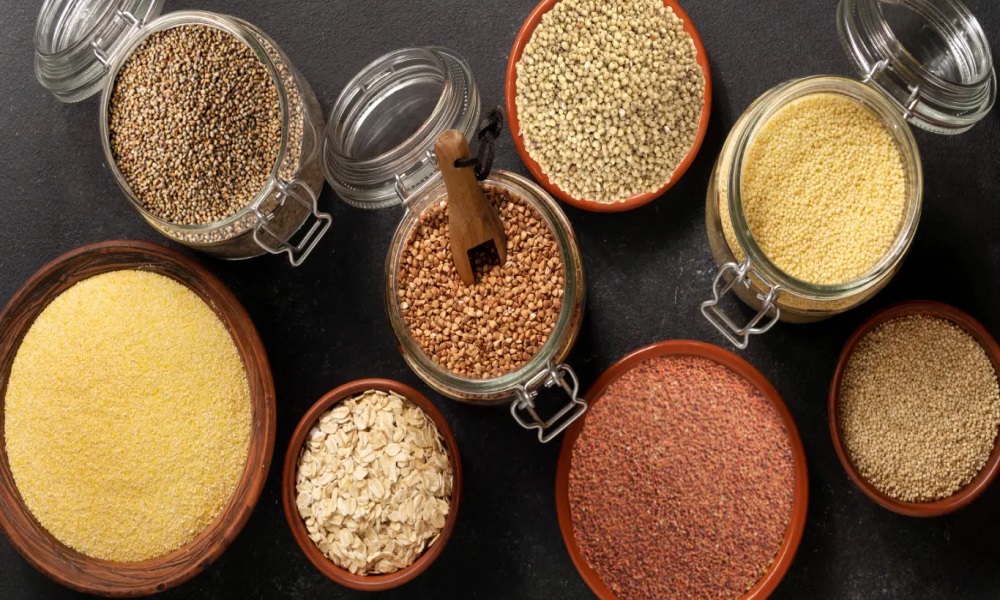Sustainable and Ethical Eating: Farm-to-Table Movement

In recent years, there has been a growing interest in sustainable and ethical eating practices. People are becoming more conscious of the impact their food choices have on the environment, as well as the welfare of animals and workers involved in the food production process. One movement that has gained significant momentum is the farm-to-table movement.
What is the Farm-to-Table Movement?
The farm-to-table movement is a culinary philosophy that emphasizes sourcing local, fresh, and seasonal ingredients directly from local farmers and producers. This approach promotes a connection between consumers and the food they eat by supporting local economies and reducing the carbon footprint associated with long-distance food transportation.
By adopting a farm-to-table approach, individuals can enjoy a variety of benefits. Firstly, it allows for a more sustainable food system. By reducing the distance between the farm and the table, the need for excessive packaging and energy-intensive transportation is minimized, resulting in a lower carbon footprint.
Secondly, the farm-to-table movement encourages consumers to support local farmers and producers. By purchasing directly from these individuals, consumers are not only ensuring the freshest produce but also contributing to the economic growth of their community. This direct relationship fosters transparency, allowing consumers to have a better understanding of where their food comes from and how it is produced.
Why is the Farm-to-Table Movement Important?
The farm-to-table movement is important for several reasons. Firstly, it promotes sustainable agriculture practices. Local farmers who participate in the farm-to-table movement often prioritize organic and regenerative farming methods. These methods help to maintain soil health, reduce chemical usage, and promote biodiversity, ultimately leading to a healthier environment.
Furthermore, the farm-to-table movement supports ethical treatment of animals. Many small-scale local farmers prioritize animal welfare, allowing animals to graze freely and live in more natural conditions. By choosing to support these farmers, consumers can ensure that the meat, dairy, and eggs they consume come from animals that were treated humanely.
Additionally, the farm-to-table movement helps to build stronger communities. By purchasing from local farmers, consumers are supporting their neighbors and contributing to the local economy. This creates a sense of community and encourages a closer connection between producers and consumers, which can lead to greater trust and improved food quality.
How Can You Participate in the Farm-to-Table Movement?
There are several ways individuals can participate in the farm-to-table movement. Firstly, try to incorporate more locally sourced ingredients into your meals. Visit farmers markets or join a community-supported agriculture (CSA) program to access fresh produce, dairy, meat, and other goods directly from local farmers.
Another way to support the farm-to-table movement is to dine at restaurants that prioritize locally sourced ingredients. Many restaurants now have partnerships with local farmers, allowing them to offer seasonal and sustainable menu options.
Finally, consider starting your own garden. Even if you have limited space, growing herbs or vegetables in containers can give you a taste of the farm-to-table experience. It also provides an opportunity to connect with the food you consume on a deeper level.
The farm-to-table movement is more than just a culinary trend; it is a way of supporting sustainable and ethical eating practices. By choosing to support local farmers and producers, individuals can contribute to a healthier environment, stronger communities, and a more transparent food system. Whether it’s through purchasing locally sourced ingredients or dining at farm-to-table restaurants, everyone has the power to make a positive impact. So, let’s embrace the farm-to-table movement and savor the benefits it brings to our plates and our planet.




